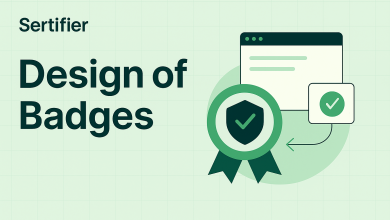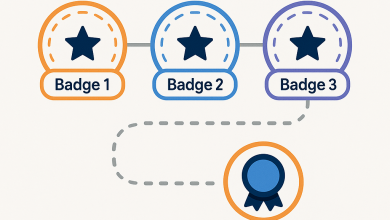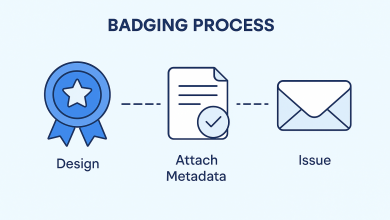About Sertifier
3 weeks ago











November is here, and we’re excited to bring you updates that make credentialing faster, smarter, and more impactful. From streamlined…
Read More »
TLDR: resume summary Put certifications where they matter most: add certifications in a dedicated Certifications section, and remember that the…
Read More »
TLDR Great badge design does three things at once: it looks good at a glance, it stays legible at tiny…
Read More »
TLDR You can design a great badge for free, export it in the right format, and turn it into a…
Read More »
Badgr Pathways are a feature that allows users to visualize and track progress through a series of achievements or competencies,…
Read More »
What does “badging” mean In education, workforce development, and professional training, badging refers to the practice of awarding digital badges…
Read More »